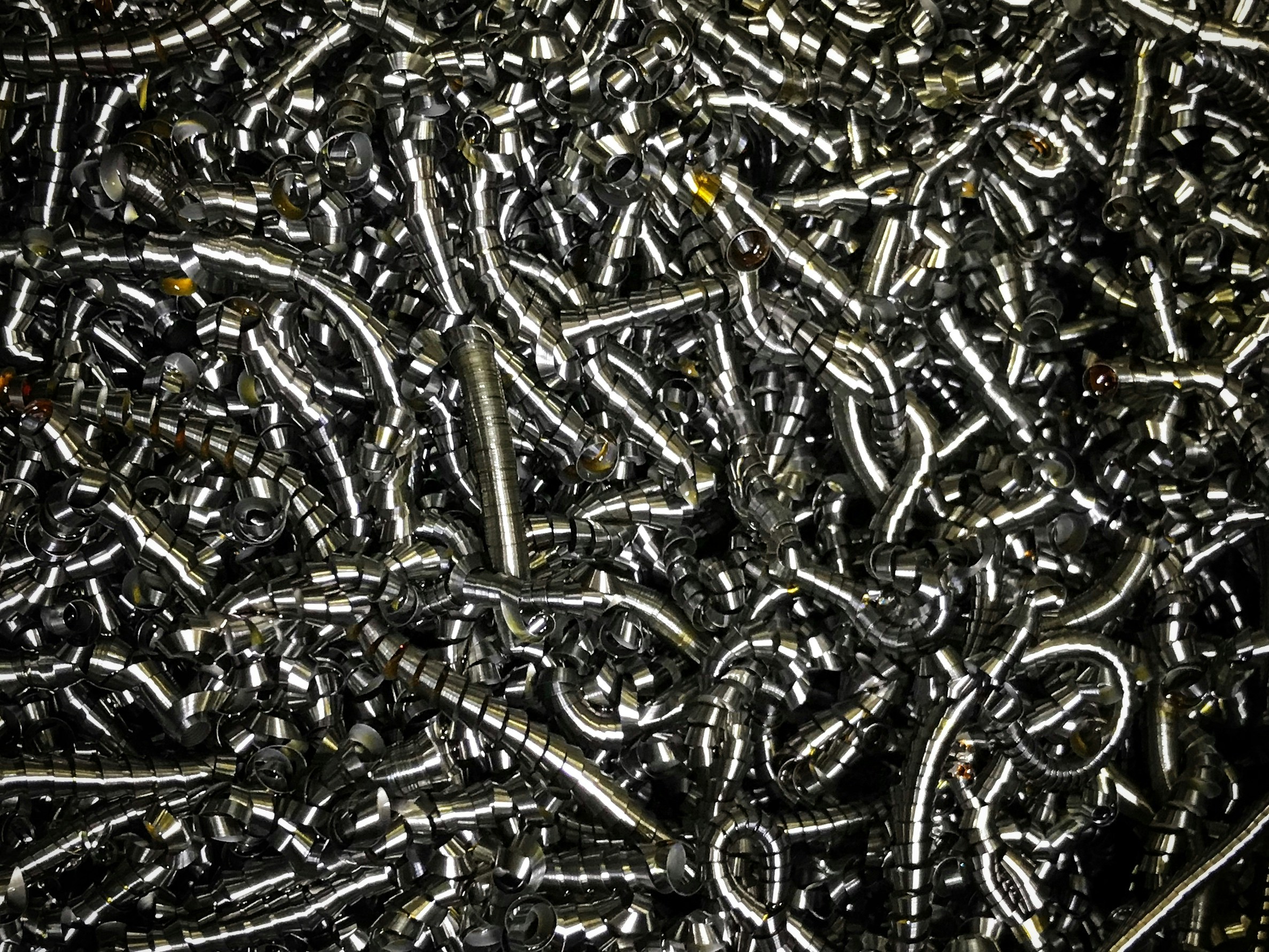What Are Geocells Used For?
A geocell is a 3-dimensional cellular confinement system that protects against soil erosion and stabilizes sloped surfaces. They can be used on their own or paired with other products like soil, gravel, concrete, and vegetation.
These cellular confinement systems are environmentally friendly and can be filled with plant materials or locally sourced gravel or dirt without extensive quarrying. They distribute load evenly to prevent landslides.
Roads
Four-fifths of the world’s roads are built on shaky ground. Vast clay, peat bogs and sand disintegrate without the proper technology in place, threatening the safety, stability, and lifespan of highways. Geocells offer the rigidity and creep resistance necessary for road stabilization. They prevent shrinking and cracking in clay, mitigate lateral dispersion and strain on sandy soils, and reinforce subgrades in all soft soils. The cells also distribute heavy loads more effectively across a greater surface area, significantly reducing localized pressure on the soils and preventing pavement failure.
Road construction with Geocell requires less construction materials, and the project can be completed in a fraction of the time that traditional methods require. This makes it a viable solution for tight timelines and budget constraints.
The unique design of a Geocell provides a stable structure for roads, driveways, parking lots and other vehicular traffic surfaces. The cellular confinement system holds infill material in a compacted, reinforced mattress-like layer that minimizes stress on the underlying soil. This reduces the risk of rutting, settlement, and structural failure for all types of vehicles throughout the year. Geocells can be used with a variety of infill materials, including gravel, granular fill, vegetated topsoil and even concrete. They can be easily installed by general laborers or landscaping contractors, and don’t require high-pressure equipment to expand.
Parking Lots
If you need a more durable, eco-friendly surface for your parking lot, Geocell is the best solution. It helps stabilize the soil and prevent erosion on steep slopes, while still allowing grass to grow underneath. It also helps reduce car rutting by keeping the infill material compacted within each cell. Its rhomboidal indentation texture also adds friction to keep the cells from moving.
Geocells can be used in a wide variety of projects, from stabilizing roads that are prone to erosion to building foundations, Geocell gravel roads and trails, and more. The panels are easy to install and can be cut to fit around curves and other obstacles. They can be anchored securely and filled with a mix of gravel, soil, or a combination, depending on the project’s needs.
Grass parking lots can be difficult to maintain, but using Geocells can make the surface much more stable and able to support vehicles and people. They are also a great option for overflow parking areas, and can be installed on a flat or sloped ground.
To use a Geocell system for your parking lot, first prepare the area by removing existing dirt or paving material. A layer of woven geotextile should go under the Geocell to separate and reinforce, and help with weed control. Then, lay down the Geocells and fill them with your choice of infill material (such as aggregates, local onsite materials or vegetated topsoil). You can use 3″ or 4″ depth cells, depending on how heavy the traffic will be.
Farms
Geocell can be used in many farm applications to manage mud, support heavy machinery like tractors and other vehicles, and prevent costly erosion in livestock areas and trails. They are also great for supporting and reinforcing agricultural buildings like barns and stables. In addition to managing mud, geocells are cost efficient, durable, and simple to install, making them an ideal choice for farms.
The geocell’s honeycomb structure stabilizes roads and reduces the lateral movement of soil particles by distributing the weight of the vehicles across a larger area. In addition, the geocell’s design allows for more soil material to be incorporated into road construction, which increases the load bearing capacity of the roadway.
Unlike other erosion control products, geocells do not require the use of intense machinery that can damage the environment. They can be installed by hand in a matter of minutes, which means that they can be used for projects in remote locations where traditional methods would be difficult to implement.
Geocells are available in a variety of cell heights and configurations to suit engineering and project specifications. They are also easily adapted to different terrains, which makes them a great solution for complex sites. In addition, they can be transported more easily than other erosion control materials because of their foldable nature. The cellular confinement system is suitable for slopes and channels with flow velocities up to 25 ft/s (7.6 m/s) when filled with angular rock, vegetated soil, or concrete.
Erosion Control
While many of the uses for geocells focus on erosion control, they also are used to stabilize and reinforce roads and other infrastructure. Erosion is a serious concern for roads and other infrastructure as it can weaken the foundations of these structures. A weakened road or driveway can result in stress cracking and damage to the surface which will add to maintenance costs over the lifespan of the structure. Using geocells to stabilize and reinforce soil under roadways reduces these issues and improves the safety, longevity, and solidity of the road.
Originally designed for military roads, geocells are a three-dimensional synthetic material made of polymer strips placed in a honeycomb configuration. When expanded, the cells form a interlocking system to secure rocks, geogrid manufacturers soil, sand and other materials to prevent erosion and provide load support. They are widely used in a variety of construction, landscape architecture, agricultural, and green slope applications. They are available in perforated and non-perforated versions, with the latter having smooth walls to keep dirt from building up and being more suited for channels where clogging is not an issue.
In addition, they offer a more cost-effective alternative to traditional slope stabilization methods such as stone pitching and are especially suitable for steeper slopes because of their ability to distribute load throughout the surface. Similarly, using geocells under bridges or other water-retaining gravity structures reduces the risk of failure and lowers the maintenance costs.

